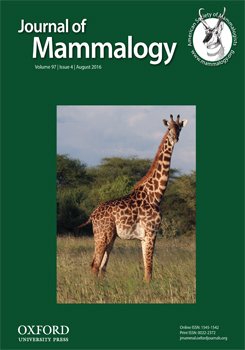Subterranean rodents are characterized by limited individual mobility and patchy distribution of local populations. Habitat patches where the species is absent may either be unoccupied, but suitable patches, or in fact unsuitable as habitat due to specific habitat features. In the coastal plain of southern Brazil, Ctenomys minutus (Ctenomyidae) inhabits sandy grasslands and dunes. The aim of our study was to analyze the relationship between the distribution of this subterranean rodent and its environment. We considered vegetation and soil features. Our results showed that habitat occupancy patterns of C. minutus are determined by soil moisture and vegetation (food supply), but there might be other habitat features that regulate the habitat choice of this mammal. Habitat discontinuities in the coastal plain of southern Brazil, with numerous barriers to dispersal, are responsible for restricting individuals to their natal areas. This might result in increased intraspecific competition within each population and, consequently, in inbreeding.
How to translate text using browser tools
11 April 2016
Wet soils affect habitat selection of a solitary subterranean rodent (Ctenomys minutus) in a Neotropical region
Daniel Galiano,
Bruno B. Kubiak,
Luciana S. Menezes,
Gerhard E. Overbeck,
Thales Renato O. de Freitas
ACCESS THE FULL ARTICLE

Journal of Mammalogy
Vol. 97 • No. 4
August 2016
Vol. 97 • No. 4
August 2016




